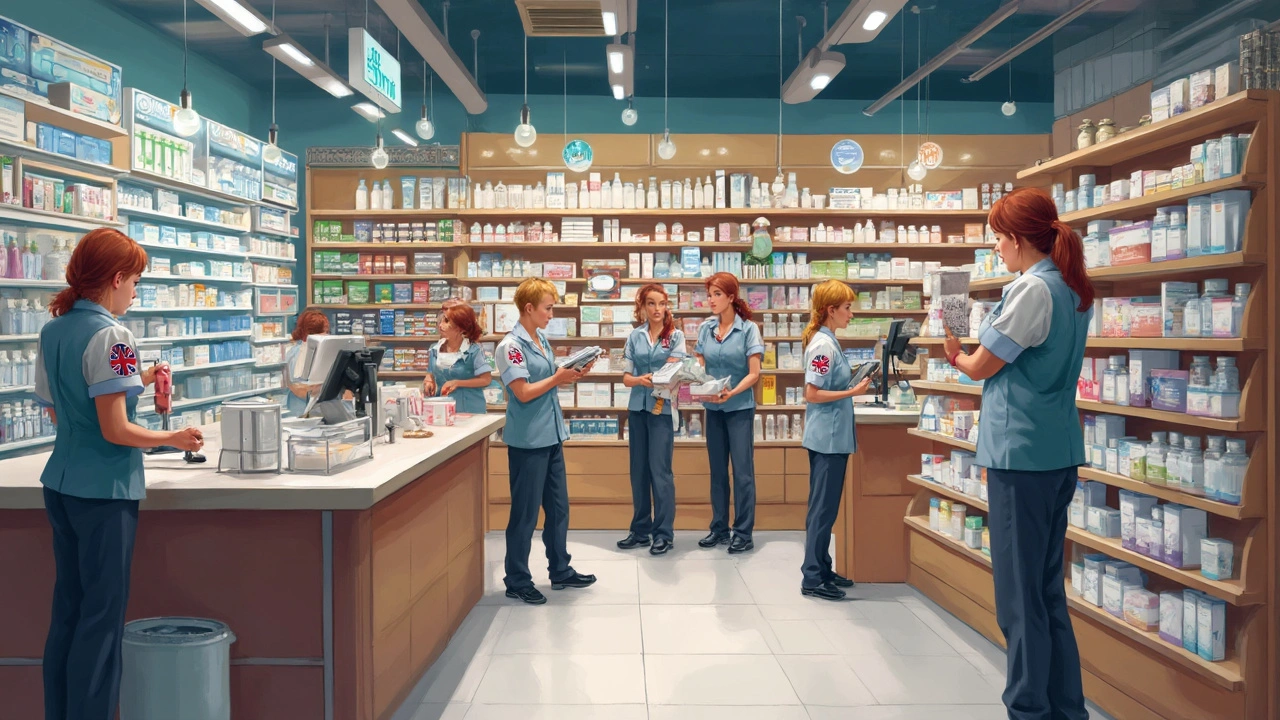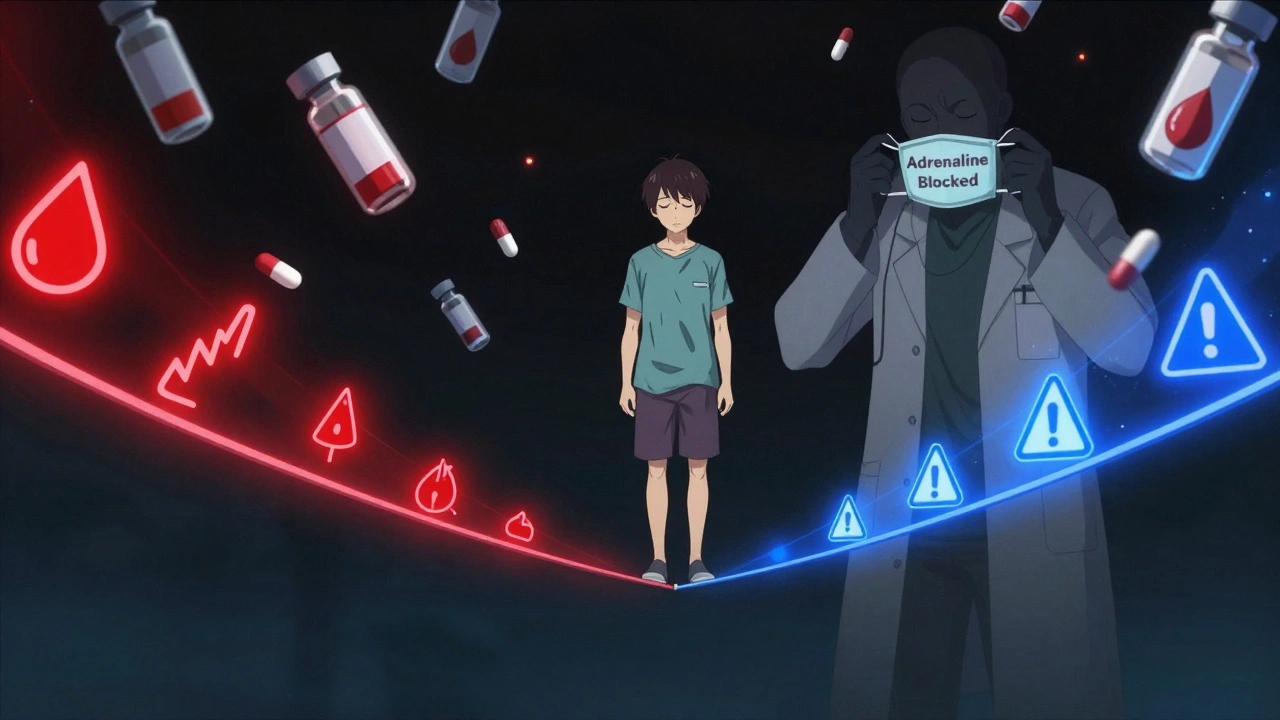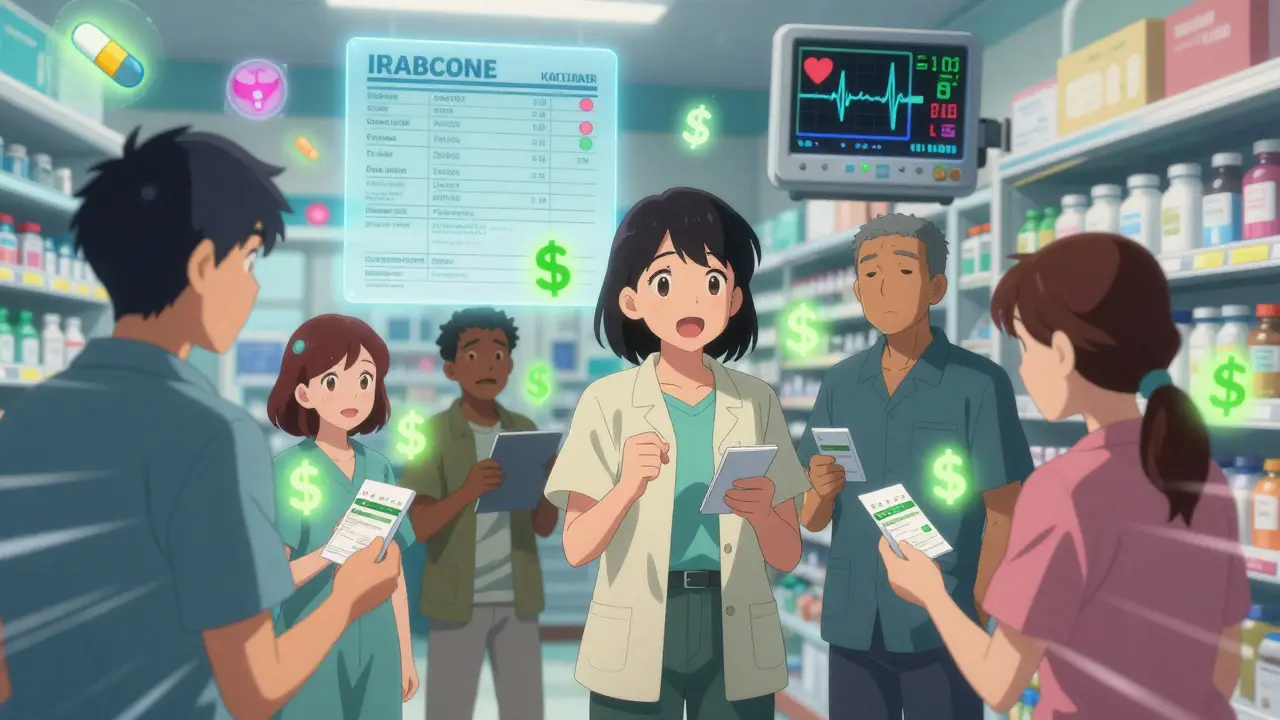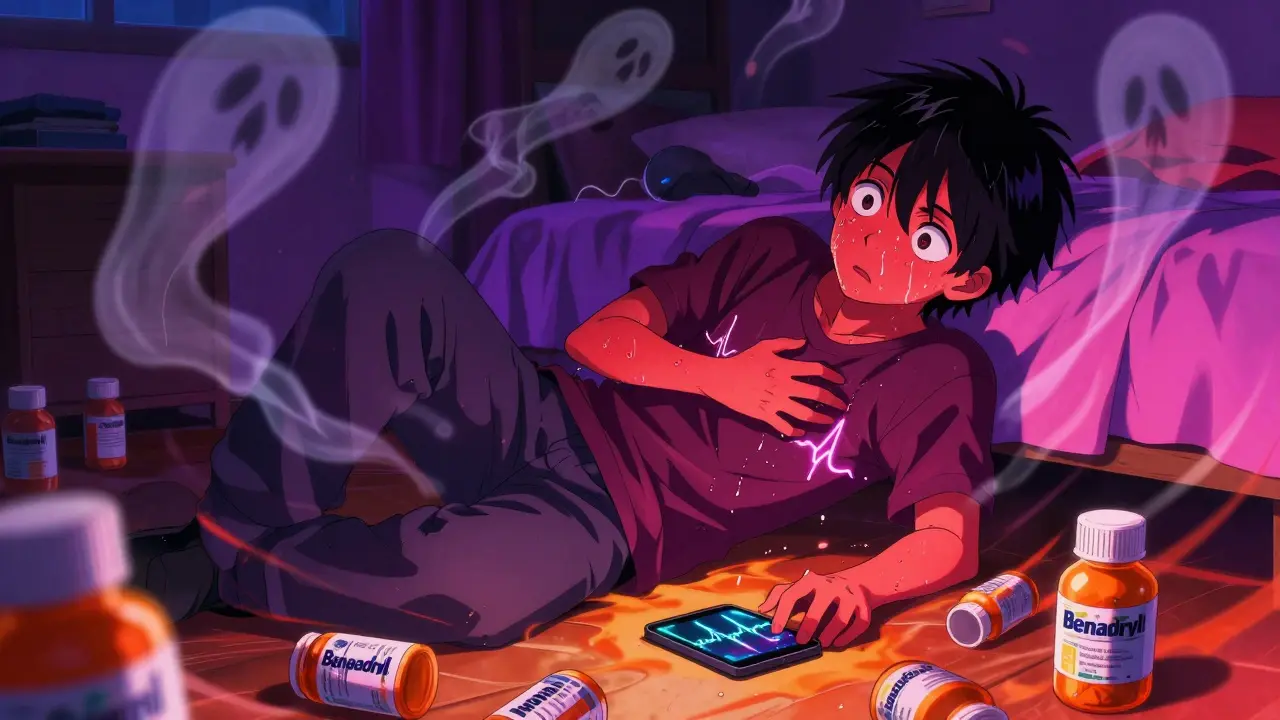Online pharmacies 2025 — how to buy meds safely (quick and practical)
Shopping for medicine online can save time and money, but 2025 still has its share of risky sites. Before you click “buy,” use a simple approach: verify the pharmacy, confirm it asks for a prescription when needed, and check that you can contact a real pharmacist. Those three steps stop most problems right away.
Quick safety checklist
Use this checklist every time:
- Look for verified seals — NABP/VIPPS, CIPA (Canada) or LegitScript are worth a second look. No seal doesn’t automatically mean danger, but a seal adds trust.
- HTTPS + real address — site must use HTTPS and list a physical pharmacy address and license details. If there’s only a PO box or no address, walk away.
- Prescription requirement — legit pharmacies ask for a prescription for antibiotics, controlled drugs, and many prescriptions. If a site sells those without one, that’s a red flag.
- Pharmacist contact — there should be a phone number or chat where a licensed pharmacist can answer questions. If contact info is missing or only a webform exists, be cautious.
- Payment methods — credit cards and reputable payment gateways are safer than anonymous crypto-only payments. Credit card payments give you dispute options if something goes wrong.
On this site we review common names and stores — from MapleLeafMeds.com and primedz.com to euroids.to and others — so check our reviews for specific experiences and warnings before ordering.
How to compare price, shipping and risk
Low price is tempting, but check the full cost: unit price, shipping, customs fees, and expected delivery time. A pill that’s cheap but shipped from an unregulated source can be counterfeit or contaminated. Ask the seller for the active ingredient name, strength, manufacturer, and batch number. When the answers are vague or missing, move on.
Think about legal risk too. Some countries restrict imports of certain drugs. If you’re ordering controlled substances, check local rules first. For non-controlled meds, order from sites that list clear shipping origins and tracking numbers so you can follow the package.
Watch reviews but read them critically. Real user comments about packaging, expiry dates, and whether the drug matched the prescription are more useful than star ratings. If many reviewers report fake packaging or no response from customer service, that’s a strong warning sign.
Red flags to stop immediately: sites that advertise prescription-only meds with “no prescription required,” sloppy grammar across the site, prices that are way below market, no pharmacist contact, or insistence on unusual payment methods. If something feels off, trust that instinct.
If you’re unsure, call your local pharmacist or doctor and ask for advice. Keep order receipts, photos of packaging, and batch numbers in case you need to report a problem. Reporting suspicious pharmacies to consumer protection or health authorities helps protect others—and it’s one of the best ways to keep the online pharmacy space safer in 2025.
Top Alternatives to Well.ca Pharmacy in 2025: Finding Your Best Online Fit
In 2025, finding the right online pharmacy is about more than just a quick delivery. It's about transparency, service, and the right selection of products. While Well.ca Pharmacy is a popular choice, there are other options like CanadaDrugsDirect.com that offer competitive pricing and reliable services. This article explores ten alternatives to help you find the best fit for your needs, complete with pros, cons, and a handy comparison table.






